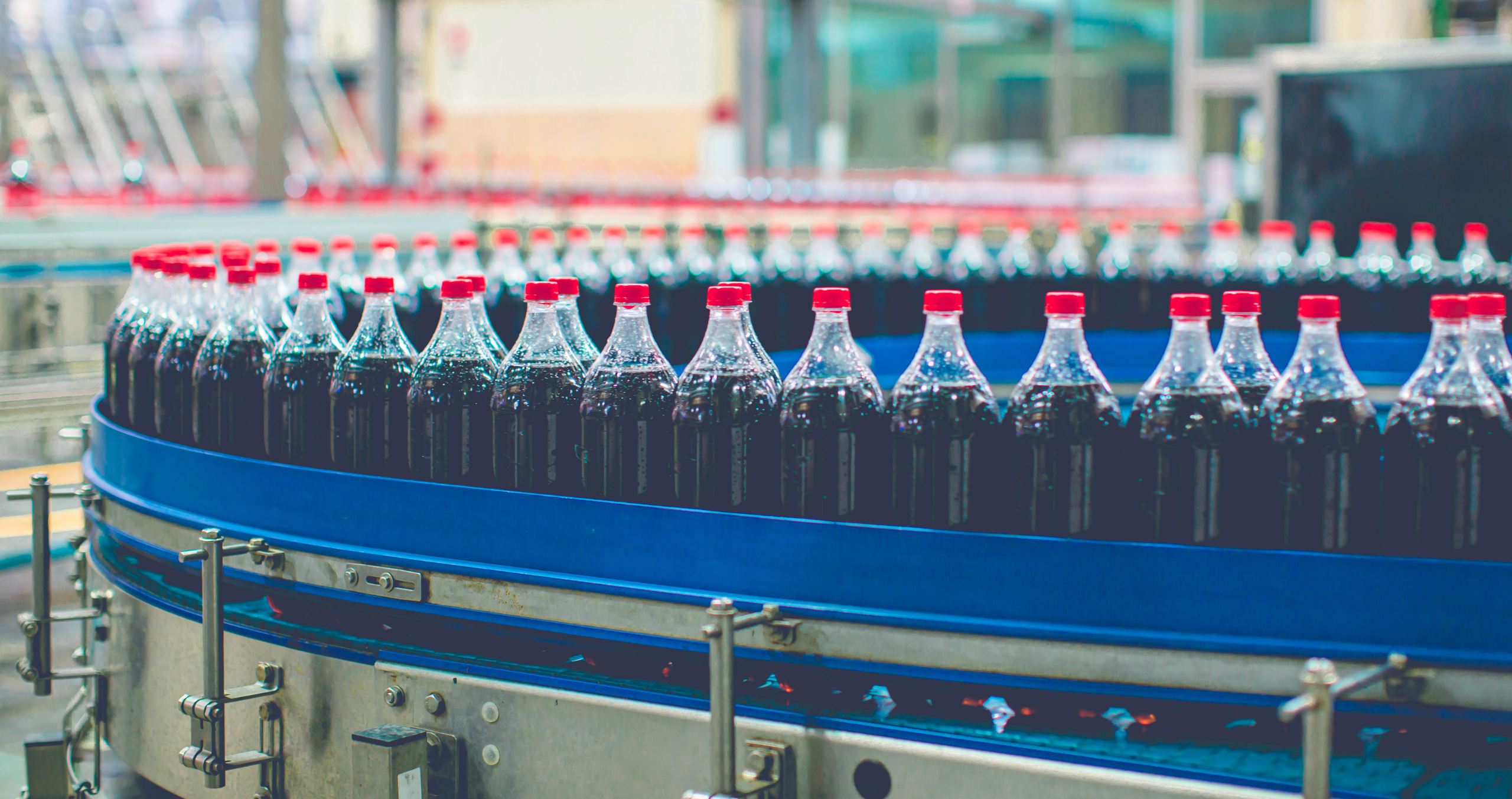John Pocock
SVP Canada
John Pocock has almost 20 years of operations experience in both industry and consulting. As Senior Vice President, Natural Resources, John leads delivery of As One accounts across the mining, oil & gas, and chemicals industries. Prior to joining As One, John has held several leadership positions including Director at Accenture/Myrtle Consulting, Director at Kalium Consulting, and Superintendent for Technical Services for Nutrien. Throughout his career he has led several large consulting projects both as a consultant and as the client leader with success in multi-year projects for Organizational Transformation and Digital Enablement.
Technical fields of expertise include: Maintenance Planning and Scheduling, Safety Management Systems, Asset Health Management, CMMS/ERP systems, Maintenance Work Controls + Maintenance Management, Reliability Strategy and Engineering, Production planning, Capital Program Management, Advanced Analytics + Artificial intelligence, and Lean Continuous Improvement programs. He also has leadership and technical experience in Mine Planning, Mine Engineering + Geology, and Transportation logistics. John has certifications from a variety of institutions including: Northwestern University, Athabasca University, Keyano College, Canadian Management Centre, Stratford Career Institute, and PEMAC.










